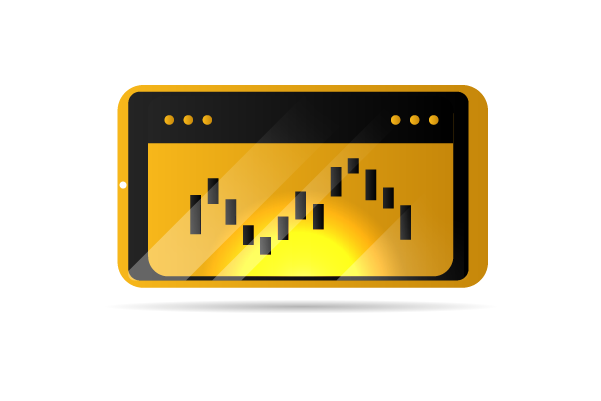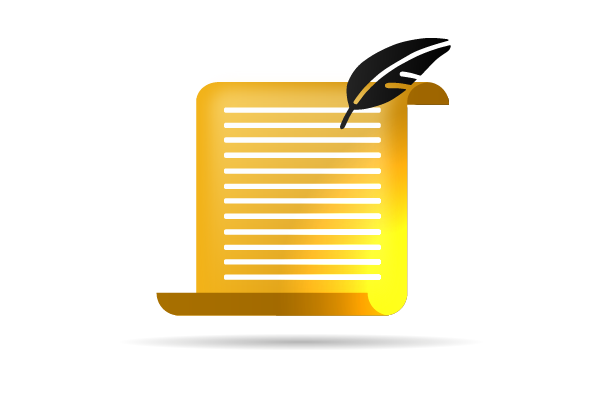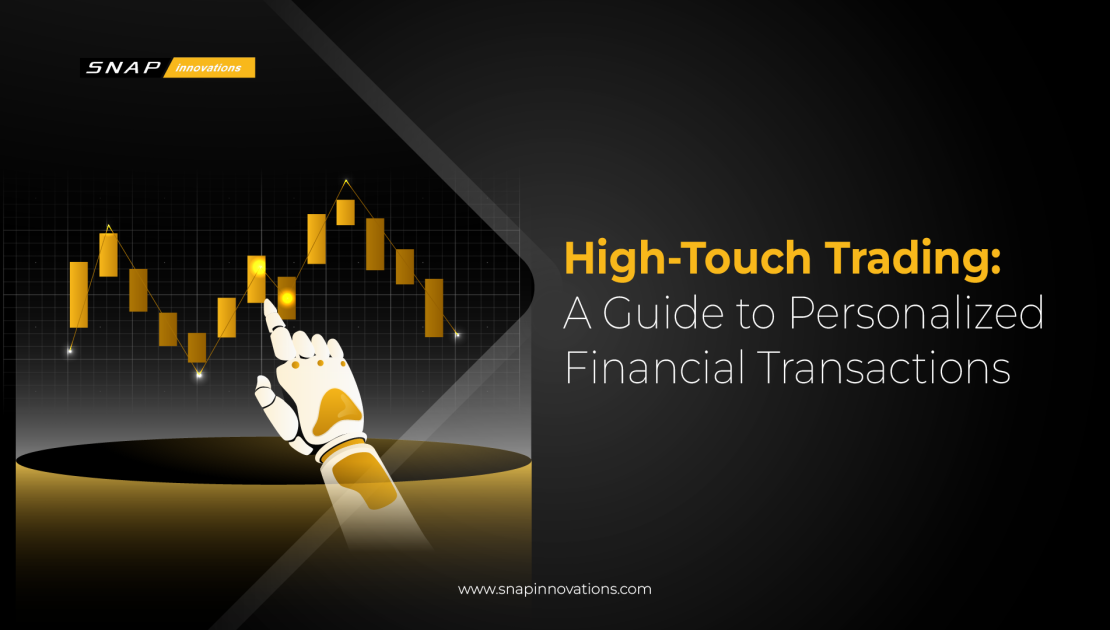In today’s fast-paced financial world, automation and algorithms dominate trading desks globally. However, amidst this tech-driven environment, high-touch trading remains relevant. It caters to investors requiring human intervention, nuanced judgment, and personalized service. High-touch trading offers a more hands-on approach, where brokers and traders work closely with clients to execute large or complex trades. But why does high-touch trading stand out in an age where speed and automation are king?
This article explores the intricacies of high-touch trading. We’ll delve into its history, how it differs from low-touch or automated trading, the key features and benefits, and why it remains crucial for certain investors. Let’s journey into the world of high-touch trading.
What Is High-Touch Trading?
 At its core, high-touch trading involves a trader or broker personally overseeing the execution of trades, typically larger, complex, or sensitive transactions. Unlike low-touch or algorithmic trading, where the process relies heavily on technology with minimal human input, high-touch trading requires experienced professionals to handle the process. These trades often require keen market insight, strategy, and negotiation skills to achieve the best outcomes for clients.
At its core, high-touch trading involves a trader or broker personally overseeing the execution of trades, typically larger, complex, or sensitive transactions. Unlike low-touch or algorithmic trading, where the process relies heavily on technology with minimal human input, high-touch trading requires experienced professionals to handle the process. These trades often require keen market insight, strategy, and negotiation skills to achieve the best outcomes for clients.
Read More: Prop Trading Futures: A Comprehensive Guide
The high-touch process typically includes more communication, personalized attention, and monitoring to navigate complex market conditions. For example, a large institutional investor who wants to buy or sell a massive quantity of shares might prefer high-touch trading to ensure the trade gets executed without significant market disruption.
History and Evolution of High-Touch Trading
 Before the rise of electronic trading, all trades were essentially high-touch. Traders on the floor of exchanges like the New York Stock Exchange (NYSE) facilitated every transaction by interacting with brokers, buyers, and sellers. As technology progressed in the 1980s and 1990s, electronic trading platforms began to replace the traditional methods.
Before the rise of electronic trading, all trades were essentially high-touch. Traders on the floor of exchanges like the New York Stock Exchange (NYSE) facilitated every transaction by interacting with brokers, buyers, and sellers. As technology progressed in the 1980s and 1990s, electronic trading platforms began to replace the traditional methods.
Despite the surge of algorithmic and low-touch trading, the demand for high-touch services persists. Institutional investors, hedge funds, and high-net-worth individuals often still require human intervention to execute specific trades. The transition to digital didn’t erase high-touch trading but rather positioned it as a premium service for complex financial needs.
Key Differences Between High-Touch and Low-Touch Trading
Understanding the distinctions between these two paradigms is essential for investors and institutions seeking to optimize their trading activities.
While high-touch trading emphasizes personalized service, human expertise, and tailored execution strategies, low-touch trading leverages automation, algorithms, and standardized processes to achieve efficiency and scalability.
1. Human Interaction vs. Automation
The most obvious difference between high-touch and low-touch trading is the role of human interaction. In high-touch trading, a trader or broker manually handles the trade, communicating with the client throughout the process. Low-touch trading, on the other hand, leans heavily on automated systems that require minimal human intervention, making it ideal for high-frequency or smaller trades.
2. Customization vs. Standardization
High-touch trading offers customized strategies. For instance, a high-touch trader might break up a large order into smaller pieces, executing trades over several days to minimize price impact. Low-touch trades, by contrast, rely on pre-set algorithms to execute orders, with no room for deviation based on market conditions or client preferences.
3. Cost Structure
Given the level of human interaction and time spent, high-touch trading is generally more expensive. Clients pay a premium for the personalized service and expertise. Conversely, low-touch trading tends to be more cost-effective since much of the process is automated.
4. Risk Management
In high-touch trading, the trader’s experience and knowledge of the market can help mitigate risks, especially for large or complicated trades. They can react to unexpected market movements and adjust the strategy accordingly. Low-touch trading depends on algorithms, which, although fast, may not adapt as quickly to sudden market shifts.
The Benefits of High-Touch Trading
 Even with the rise of algorithmic and low-touch trading, high-touch services remain indispensable for many financial institutions. Here’s why:
Even with the rise of algorithmic and low-touch trading, high-touch services remain indispensable for many financial institutions. Here’s why:
1. Personalized Service
High-touch trading offers clients the benefit of a tailored approach. A human broker can adapt to a client’s changing needs, providing insights, recommendations, and real-time updates throughout the process.
2. Expertise and Judgment
Human traders bring market knowledge and judgment that automated systems can’t replicate. They can analyze trends, anticipate market reactions, and use their experience to navigate complex situations.
3. Flexibility in Trade Execution
Large institutional investors often face challenges with liquidity when trying to execute big trades. High-touch traders can break down these trades and execute them at optimal times, reducing their impact on the market.
4. Superior Risk Management
Since a human is directly involved, high-touch trading allows for superior risk management. A seasoned trader can assess risks on the fly and make adjustments that automated systems might not catch in time.
5. Complex Trades
Certain trades, such as those involving less liquid assets or those that could influence the market significantly, require the careful hand of a high-touch trader. Their expertise ensures these trades are handled smoothly and strategically.
The Role of Technology in Modern High-Touch Trading
 While high-touch trading prioritizes human expertise and personalized client service, technology has become an integral part of modern high-touch practices. Advanced trading platforms provide traders with real-time market data, complex analytics, and algorithmic tools to enhance decision-making and execution.
While high-touch trading prioritizes human expertise and personalized client service, technology has become an integral part of modern high-touch practices. Advanced trading platforms provide traders with real-time market data, complex analytics, and algorithmic tools to enhance decision-making and execution.
This allows high-touch traders to access vital information instantly, evaluate market conditions, and make more informed decisions when handling large or complex trades. These technological tools enable traders to optimize the timing and method of trade execution, ensuring the best outcomes for their clients while still maintaining a human-driven approach.
In addition to improved data access, technology facilitates enhanced communication between traders and their clients. With platforms that support real-time messaging, video calls, and instant trade updates, clients stay informed throughout the trade process. Technology also allows for greater transparency and accountability in trade management, as clients can monitor the progress of their transactions and provide input where needed. This blending of human insight with technology-driven efficiency ensures that modern high-touch trading remains dynamic and adaptable in an increasingly digital market.
High-Touch Trading in Different Markets
High-touch trading isn’t confined to one specific asset class. It’s widely used in equities, fixed income, commodities, and foreign exchange markets. Here’s a closer look at how it works across different financial sectors:
1. Equities
In equity markets, large institutional investors often require high-touch trading when buying or selling a significant number of shares. Without a carefully executed strategy, a large sale could negatively impact the stock price. High-touch traders use strategies like slicing the order into smaller trades, limiting market disruption.
2. Fixed Income
Bonds and other fixed-income securities often lack liquidity, meaning that buying or selling large positions can be challenging. High-touch traders play a crucial role in negotiating these trades, ensuring the best possible execution without moving the market excessively.
3. Commodities
In volatile markets like commodities, where prices can shift dramatically in response to geopolitical events or supply chain disruptions, human expertise is essential. High-touch traders help large players navigate these uncertain waters with precision.
4. Foreign Exchange
Foreign exchange markets operate 24/7, and major currency trades can have significant global implications. High-touch trading allows investors to time trades carefully, particularly for complex transactions involving less liquid currencies.
Why High-Touch Trading Is Still Relevant
Despite the rise of automation and algorithmic trading, high-touch trading remains highly relevant in today’s financial markets. One of the key reasons is the irreplaceable value of human expertise and judgment. While automated systems are efficient for executing routine or high-frequency trades, they lack the ability to navigate the complexities and nuances of larger or more intricate transactions.
High-touch traders provide clients with personalized strategies, adapting quickly to unforeseen market shifts, analyzing risks, and using their experience to ensure trades are executed with precision. This human element becomes especially important in volatile or illiquid markets, where large trades can significantly impact prices and require more nuanced handling.
Additionally, high-touch trading fosters deeper relationships between traders and clients. For institutional investors and high-net-worth individuals, the trust and personal connection with a dedicated broker are critical. Clients appreciate the hands-on guidance, real-time feedback, and tailored advice that comes with high-touch service, which helps them feel more confident in their financial decisions.
This level of communication and personalized attention is something that algorithms cannot replicate, making high-touch trading an essential option for those seeking more than just speed and automation in their investment strategies.
Challenges of High-Touch Trading
Though high-touch trading offers significant advantages, such as personalized service and expert judgment, it also comes with a set of challenges that can make it less appealing for certain investors or trading scenarios.
1. Cost
One of the primary drawbacks of high-touch trading is its cost. The premium fees associated with this hands-on service are significantly higher than the costs of automated or low-touch trading. This higher price tag reflects the expertise, time, and personal attention that brokers or traders dedicate to each transaction.
As a result, high-touch trading tends to be more suitable for institutional investors or high-net-worth individuals who are willing to pay for this tailored approach. Smaller investors or those focused on cost-efficiency may find high-touch trading prohibitive, opting instead for lower-cost, algorithm-driven trading platforms that handle basic or frequent trades at a fraction of the cost.
Read Next: A Complete Guide to Setting Up Your Trading Station for Success
2. Time-Intensive
Another notable challenge of high-touch trading is the time it requires to execute trades, particularly in situations where the trades are large, complex, or sensitive to market conditions. High-touch traders often need to break up substantial orders into smaller ones and execute them incrementally to minimize market impact and avoid significant price changes. This process can take time, especially if the trader waits for optimal market conditions to execute each portion of the trade.
Unlike algorithmic systems that can instantly execute trades across markets, the deliberate and strategic nature of high-touch trading means it can take longer to complete. For investors who need quick turnarounds, this delay may be seen as a disadvantage.
3. Scalability
High-touch trading also faces limitations in terms of scalability. For financial institutions or traders dealing with thousands of transactions a day, relying on a human-centric approach can be inefficient. High-touch trading works best for large, complex trades where expertise and market judgment are needed, but it’s not designed for high-frequency trading environments where speed and volume are key.
Automated systems can handle vast quantities of trades at lightning speed, which makes them more suitable for firms engaging in high-volume trading. The inherent human-driven nature of high-touch trading restricts its ability to scale efficiently, making it less practical for firms or investors who operate at such a rapid pace.
Conclusion
As the world of finance continues to evolve, high-touch trading remains an essential service for many clients. While algorithmic trading and low-touch platforms are perfect for certain trades, the complexity, risk, and size of some transactions demand a human touch. High-touch trading will continue to thrive where human intuition, judgment, and relationships are valued, ensuring that even in a tech-driven world, there’s always a place for the expertise of a seasoned trader.
High-touch trading is more than just executing trades; it’s about navigating the complexities of financial markets with precision, care, and experience, providing clients with unmatched service and peace of mind. Whether you’re an institutional investor or an individual looking to execute a large or intricate trade, high-touch trading offers personalized solutions in a world driven by technology.

